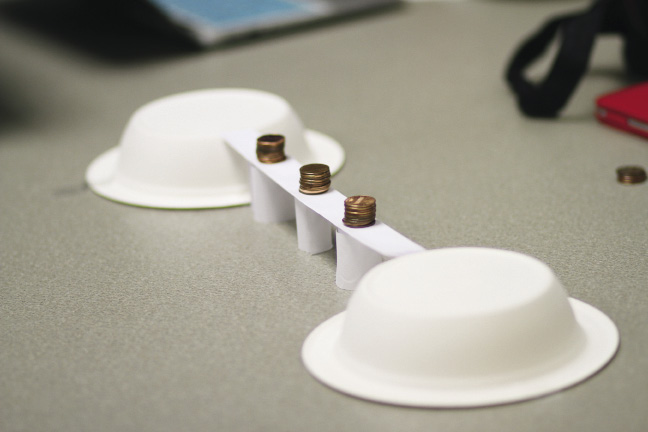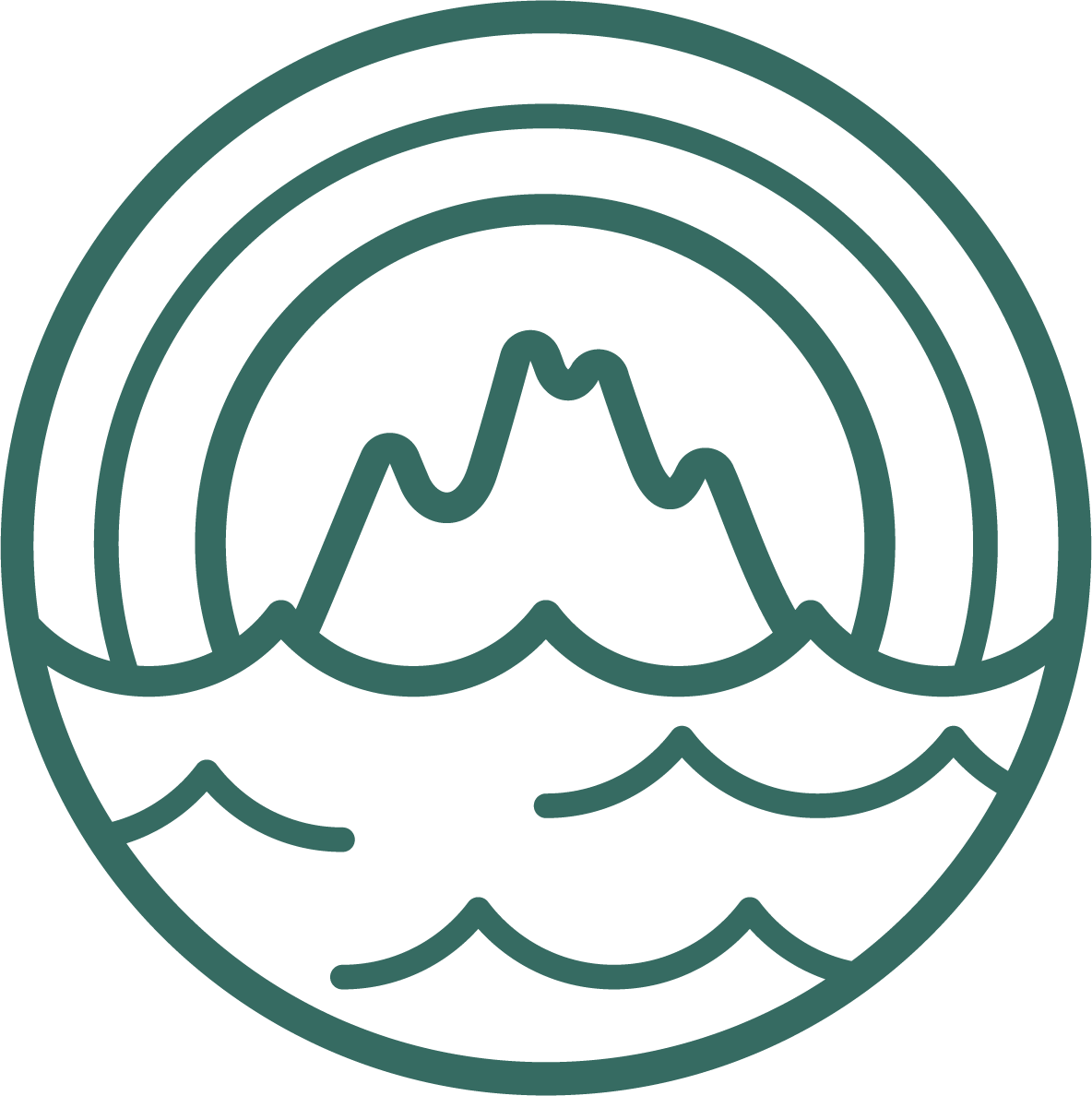
24 Jul Modeling Approach to Algebra Partnership with Hawai‘i Department of Education
 A discussion initiated by the Hawai‘i Department of Education (HIDOE) about ways to help more students succeed in algebra has resulted in a year-long course created and produced by CRDG mathematics researchers for public high schools in Hawai‘i. The resulting modeling-based course is designed to be taken concurrently with Algebra I and provide students with motivating and engaging experiences in mathematics that addressed the modeling standards in the Common Core State Standards in Mathematics (CCSSM). Course materials, titled A Modeling Approach to Algebra (AMAA), were designed around the premise that learning algebra requires more than memorizing formulas and finding answers. The approach incorporated five criteria that are foundational within CRDG mathematics curriculum projects and that affect how students solve problems:
A discussion initiated by the Hawai‘i Department of Education (HIDOE) about ways to help more students succeed in algebra has resulted in a year-long course created and produced by CRDG mathematics researchers for public high schools in Hawai‘i. The resulting modeling-based course is designed to be taken concurrently with Algebra I and provide students with motivating and engaging experiences in mathematics that addressed the modeling standards in the Common Core State Standards in Mathematics (CCSSM). Course materials, titled A Modeling Approach to Algebra (AMAA), were designed around the premise that learning algebra requires more than memorizing formulas and finding answers. The approach incorporated five criteria that are foundational within CRDG mathematics curriculum projects and that affect how students solve problems:
- opportunities to speak, read, write, and model mathematical ideas;
- connections with prior knowledge or experiences;
- problem-solving tasks to introduce new ideas;
- time to develop concepts, generalizations, and skills; and
- challenging but accessible problems.
The resulting course comprises a series of investigations that introduce and develop concepts through carefully constructed problems. The problems give students the opportunity to use aspects of modeling to interpret problematic situations; understand the goals of a problem; represent, test and revise various approaches to solving the problem; and report on results. The course has an over-arching focus on the eight Standards for Mathematical Practice found in the CCSSM and emphasizes positive dispositions for learning mathematics, encourages student perseverance, promotes classroom discourse, and emphasizes communication of mathematical ideas.
 Another major focus of the program was the incorporation of technology. As much as possible, the curriculum was built around ideas that can be dynamically explored with spreadsheets, graphing, or links to Internet explorations. TI-Nspire™ technology software was used to create documents that consist of interactive spreadsheets and graphs that teachers can use in a demonstration with the whole class or send to TI-Nspire™ handhelds via networked classrooms using TI-Nspire Navigator™. The materials were digitally formatted using the PublishView feature of TI-Nspire™ Teacher software, and links to these documents were provided within the Teacher Notes and Annotated Student Pages so they can be easily accessed at appropriate times during instruction. Using TI-Nspire Navigator™ features, the screens of the students’ handhelds can be captured and student work selected and shared so student presenters can explain their work to promote class discourse.
Another major focus of the program was the incorporation of technology. As much as possible, the curriculum was built around ideas that can be dynamically explored with spreadsheets, graphing, or links to Internet explorations. TI-Nspire™ technology software was used to create documents that consist of interactive spreadsheets and graphs that teachers can use in a demonstration with the whole class or send to TI-Nspire™ handhelds via networked classrooms using TI-Nspire Navigator™. The materials were digitally formatted using the PublishView feature of TI-Nspire™ Teacher software, and links to these documents were provided within the Teacher Notes and Annotated Student Pages so they can be easily accessed at appropriate times during instruction. Using TI-Nspire Navigator™ features, the screens of the students’ handhelds can be captured and student work selected and shared so student presenters can explain their work to promote class discourse.
 The course CRDG developed and produced, known in Hawai‘i high schools as Modeling Our World, was piloted in the 2012–2013 school year. Feedback from the pilot test was incorporated into a final version that was published in 2013 and implemented with approximately 1800 students in twenty high schools in the 2013–2014 school year. Professional development sessions were conducted for HIDOE teachers in the summer to prepare them to teach the new course, and follow up sessions continued into the fall.
The course CRDG developed and produced, known in Hawai‘i high schools as Modeling Our World, was piloted in the 2012–2013 school year. Feedback from the pilot test was incorporated into a final version that was published in 2013 and implemented with approximately 1800 students in twenty high schools in the 2013–2014 school year. Professional development sessions were conducted for HIDOE teachers in the summer to prepare them to teach the new course, and follow up sessions continued into the fall.
While the initial partnership between CRDG and the HIDOE was focused on producing course materials and providing professional development to teachers, researchers at CRDG also began some limited data collection in the first year of the program’s implementation. When teachers at Kapolei High School and Waipahu High School expressed interest in participating in the research, CRDG mathematics researchers designed a program of classroom observations and data collection on both students and teachers that covered the use of technology, implementation support, and coaching. The data have helped them learn about how the program is being implemented and teachers’ perception of how the course fit their needs. Data from students looked at student achievement as well as their attitudes toward mathematics and technology.
Following the implementation of the Modeling Our World course in Hawai‘i high schools in the fall of 2013, CRDG began a new outreach program to bring the curriculum materials and teacher training to Olomana School, an alternative school for grades seven through twelve that serves at-risk youth. Olomana’s six-campus system includes facilities ranging from youth centers to the Hawai‘i Youth Correctional Facility and serves a range of students with a variety of educational and social challenges. At Olomana’s request CRDG’s mathematics faculty met with their entire mathematics department to help them look at ways to create more appealing and engaging mathematical experiences for their students. The CRDG team provided two professional development sessions in the fall to help the Olomana teachers with their initial implementation.




